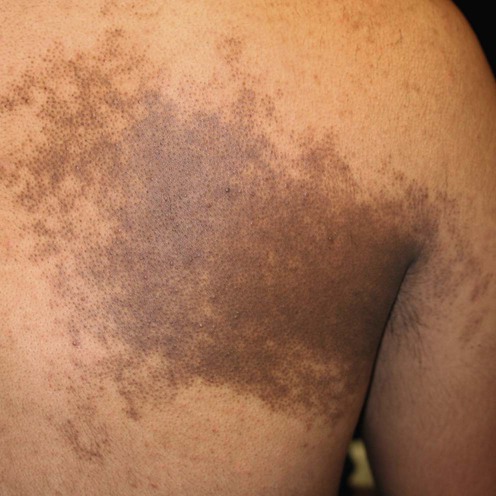Michael P. Loosemore, Adisbeth Morales-Burgos, Elnaz F. Firoz, Bahar F. Firoz and Leonard H. Goldberg
Becker’s nevus


Michael P. Loosemore, Adisbeth Morales-Burgos, Elnaz F. Firoz, Bahar F. Firoz and Leonard H. Goldberg
Becker’s nevus

